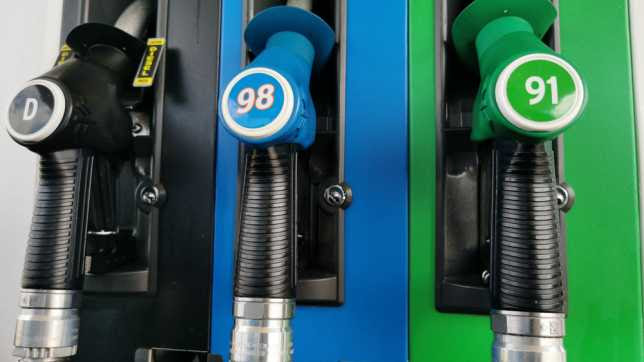The government is proposing incremental fuel tax hikes to partially fund the cost of record transport spending planned for the next three-year period.
Transport Minister David Parker and Prime Minister Chris Hipkins released the draft government policy statement (GPS) on land transport at an event in Drury, south Auckland, on Thursday.
The GPS, a key document outlining government priorities for spending through the National Land Transport fund (NLTF), proposes $20.8 billion in spending during the 2024-27 period, up 34% on the previous GPS for 2021-24.
It includes 14 strategic projects, described by Hipkins as nation-building transport priorities, to be considered by the transport agency, Waka Kotahi, over the next 10 years.
The routes are:
• Upgrades to State Highway 1 (SH1) between Warkworth and Whangārei, including a new alignment for the Brynderwyns
• Mass rapid transit for northwest Auckland, in the form of a busway
• A third and fourth main line for the Auckland railway network
• Investigation of the Avondale to Onehunga rail link
• A level crossing upgrade and removal programme for Auckland and Wellington
• SH1 between Cambridge and Piarere
• SH29 between Tauranga and Tauriko
• Wellington CBD to the airport, including a second Mount Victoria tunnel and upgrades to the Basin Reserve/Arras tunnel
• Progressing mass rapid transit between the Wellington CBD and Island Bay
• Four-laning SH2 between Napier and Hastings
• The Rocks Road shared path on SH6 in Nelson
• The Richmond-Hope bypass on SH6
• Christchurch northern link upgrades, including a bypass around Woodend
• Ashburton Bridge on SH1, including consideration of a second crossing
“These routes include a balanced mix of public transport and roads, which require work as a priority to reduce congestion, manage emissions, improve safety, grow the economy and open up areas for housing,” Hipkins said.
A number of the projects were also included by National in its $24bn transport programme, announced last month. However, the GPS, which is open for consultation until September 15, contains more details around how the upgrades will be funded.
Last GPS cycle, the government provided Waka Kotahi with a $2bn loan to cover the gap between revenue collected through road user charges and fuel excise taxes, the main funding sources for the NLTF, and planned expenditure.
This time is no different. Forecast revenue for the 2024-27 period is only $13.1bn, leaving a $7.7bn gap to make up the proposed $20.8bn spending programme.
The government proposes bridging this with $6.3bn in Crown funds, via a $2.4bn grant, a $3.1bn loan and other funds. To make up the difference, it is proposing what it called small, semi-regular increases in fuel taxes for three years.
In a statement, Parker said the increase from next year was proposed to be split into two 2-cent increases, with annual 4c increases to follow in 2025 and 2026.
In a briefing on Thursday morning, he said: “I think the increases are affordable, 4c per year. Relative to the ups and downs of petrol prices, it’s minor, and it’s necessary.”
Pre-empting political attacks from National, which has said it wouldn’t raise fuel excise taxes to pay for its planned roads, Parker said: “Our plan is costed, it’s funded, it’s deliverable.”
He added later: “Theirs is a wishlist, ours is funded,” saying if National is going to do more than what the government is proposing then “I’d say, show me the money”.
Part of the GPS Parker seemed keen to highlight was the increase in maintenance spending, following a tit-for-tat battle between National and Labour over potholes.
The draft GPS proposed increasing investment into maintenance of state highways and local roads, including pothole repairs, by 41% to between $5.4bn and $8.1bn over 2024-27.
“This additional investment will greatly strengthen the resilience of our roading network,” Parker said.
Maintaining and operating the system was listed first among the six government priorities in the GPS, which also included: increasing resilience, reducing emissions, safety, sustainable urban and regional development and integrated freight systems.
The GPS also proposed spending $3.8bn on road improvements, $3.6bn on public transport, $1.5bn on safety programmes, $1.2bn on upgrading and maintaining the rail network, and $500 million on walking and cycling improvements.
The proposed maintenance spending was on top of the $1bn Parker said the government had committed this year to repair roads in areas of the North Island affected by Cyclone Gabrielle.
The minister also highlighted the amount proposed to be spent on resilience works.
“It causes me to think about climate change when I see how much money we’re having to put in to improve the resilience of our roads,” Parker said.
“It makes climate change feel pretty real and expensive.”










